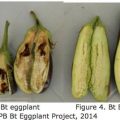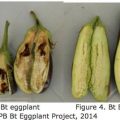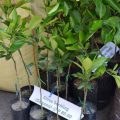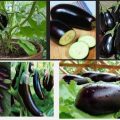A Nueva Vizcaya State University (NVSU) study has found a potential natural pesticide to control tomato black leaf mold (TBLM) and eggplant fruit rot (EFR). These two major fungal diseases cause dramatic yield losses in tomato and eggplant. Eggplant fruit rot is caused by Phomopsis vexans while tomato black leaf mold is caused by Pseudocercospora fuligena.
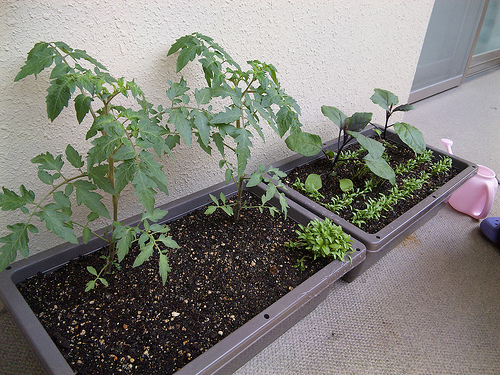
Called the NVSU FD-BIOPEST, this mycopesticide (any pesticide that contains live fungi), is derived from the fungus that attacks insect specifically the white muscardine fungus (Beauveria bassiana). The fungi was isolated originally from citrus aphids.
The study was funded by the Philippine Council for Agriculture, Aquatic and Natural Resources Research and Development (PCAARRD), a Los Baños, Laguna-based council of the Department of Science and Technology.
According to Dr. Jonar Yago, pure culture of this organism was grown in a liquid culture media with known nutrient requirements to produce mycelia-free extracts. After seven days of growing under in-vitro condition, the mycelia-free extract is harvested and can be easily used against TBLM and EFR.
Infection of TBLM is usually observed during transplanting. It is recommended that the use of mycopesticide starts at three weeks after transplanting, followed by weekly treatments until 14 weeks after transplanting. In all, 11 applications are needed throughout the growing period of tomato.
For the EFR, application of the NVSU FD-BIOPEST starts at the fruiting stage or six weeks after transplanting until the 16th week. To effectively control EFR, 10 applications are needed in one growing season of eggplant.
For maximum effectiveness, a 500-ml pure extract of the NVSU FD-BIOPEST is diluted in one liter of water. In a 16-liter knapsack sprayer, a mixture of 8 liters of the extract and 8 liters of water can be used. For a one- hectare of tomato or eggplant plantation, four knapsack sprayers of the mixture can be used.
Dr. Yago said, “ the product is derived purely from organic-based components. Its active components can easily be degraded and transformed into non-toxic form, hence it is safe for the environment.” He added that microbial analysis showed no trace components of pathogenic bacteria and fungi in the product.
Based on study, the mycopesticide’s shelf life is 100 days at room temperature (28-33oC) and can be extended to 212 days in cold storage (14-10oC). Use of the product beyond this period proved to be ineffective in controlling both TBLM and EFR.
The study Fungal-derived extracellular cell wall-degrading enzymes as mycopesticide derived from Beauveria bassiana strain against Tomato Leaf Black Leaf Mold (TBLM), Pseudocercospora fuligena and Eggplant Fruit Rot (Phomopsis vexans) was awarded as the Best Research Paper during the National Symposium on Agriculture, Aquatic and Resources Research and Development on October 28, 2014 at Elvira O. Tan Hall, PCAARRD Headquarters, Los Baños, Laguna.
Initiated by the Los Baños-based PCAARRD, the NSAARRD recognizes the outstanding contributions of individuals and organizations in uplifting the state of research and development in the country, particularly in the agriculture, aquatic, and natural resources sectors.
Recognition focuses on the research and development outputs that fuel the Council to address its task in providing science-based know-how and tools that will enable the agricultural and aquatic sectors to raise productivity to world-class standards.

